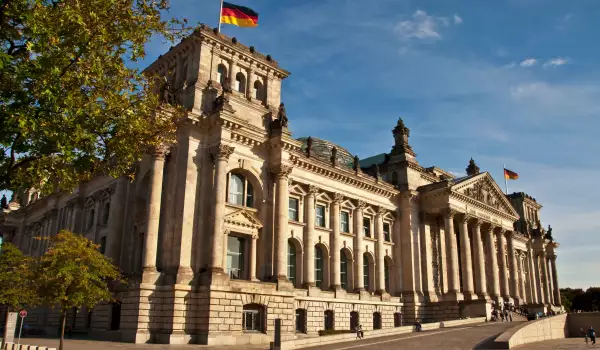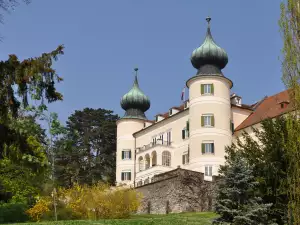The Reichstag in Berlin

The building of the Reichstag in the German capital of Berlin is the place where literally the reunification of East and West Germany on October 3rd, 1990 took place.
It was in Reichstag where they conducted the first symbolic meeting of the United Germany. A major restoration of Reichstag began after 1992 when Norman Foster won yet another architectural competition for the reconstruction of the emblem throughout the German building.
The building of the Reichstag in Berlin was designed to accommodate the first parliament of the German Empire, called the Reichstag. The impressive building of the Reichstag was opened in 1894 and performed its functions until 1933, when it suffered major damage after a devastating fire. In 1999 the Reichstag once again became the seat of German Parliament. Before construction of the building it was renovated by renowned architect, Norman Foster.

Currently, the parliament of Germany is called the Bundestag. Reichstag as a parliament dates back to the Holy Roman Empire and stops functioning as a true parliament in the years of Nazi Germany between the years of 1933-1945. Nowadays the name "Reichstag" refers to the building and "Bundestag" means the institution. At the end of World War II the Russians were sticking their flag on the roof of the Reichstag.
The building of the Reichstag in Berlin is an emblematic message and is clearly visible on its facade: "DEM DEUTSCHEN VOLKE" or in translation - "to the German people".
The history of the Reichstag starts with laying the foundation stone in 1871 when previously parliament is housed in several buildings in Berlin, but are too small and become disfunctional. The ascension of the future of Reichstag was accompanied initially by an architectural competition to build a new building, which was held in 1872 and had 103 participating candidates.
The construction work did not begin immediately, but ten years later. The reason for delaying the groundbreaking of the Reichstag was related to issues surrounding the purchase of land for the new building as well as contradictions between the German Emperor Wilhelm I, Otto von Bismarck and members of parliament. Rulers had major disagreements on how it should proceed to construction.

In 1882, another competition was held with 189 participants. This time the winner was from Frankfurt, architect Paul Valois. The project of the German architect began to be realized in 1884 when Wilhelm II laid the first stone and was then completed ten years later.
The first dome of the structure was a true masterpiece for its time and enjoyed greater approval by both the rulers and the citizens. The dome of the Reichstag was notable for its steel and glass.Today, the dome of the Reichstag is open for public visits, but especially during August, there are long queues.
In 1916 above the main facade of the cult the words "the German people" are engraved. This message was in a break with understandings of the Kaiser, who just disliked the democratic message of the inscription. After World War Kaiser abdicated and Philip Scheidemann declared the country a republic from a balcony of the Reichstag on November 9th, 1918. The building continues to serve on the Parliament of the Weimar Republic, which existed between 1919 – 1933 and was still called Reichstag.
On February 27th, 1933 around 21 pm The Reichstag was on fire, and this event was used by Adolf Hitler to dictate measures introduced in Germany. Even to today it has not been established with certainty the cause of the fire. The Reichstag, which never fully recovered after the fire, suffered more damage from air attacks during World War II. Today, still in the Reichstag visitors can see the Soviet graffiti on the walls and the smoke damage inside the building and the roof.














